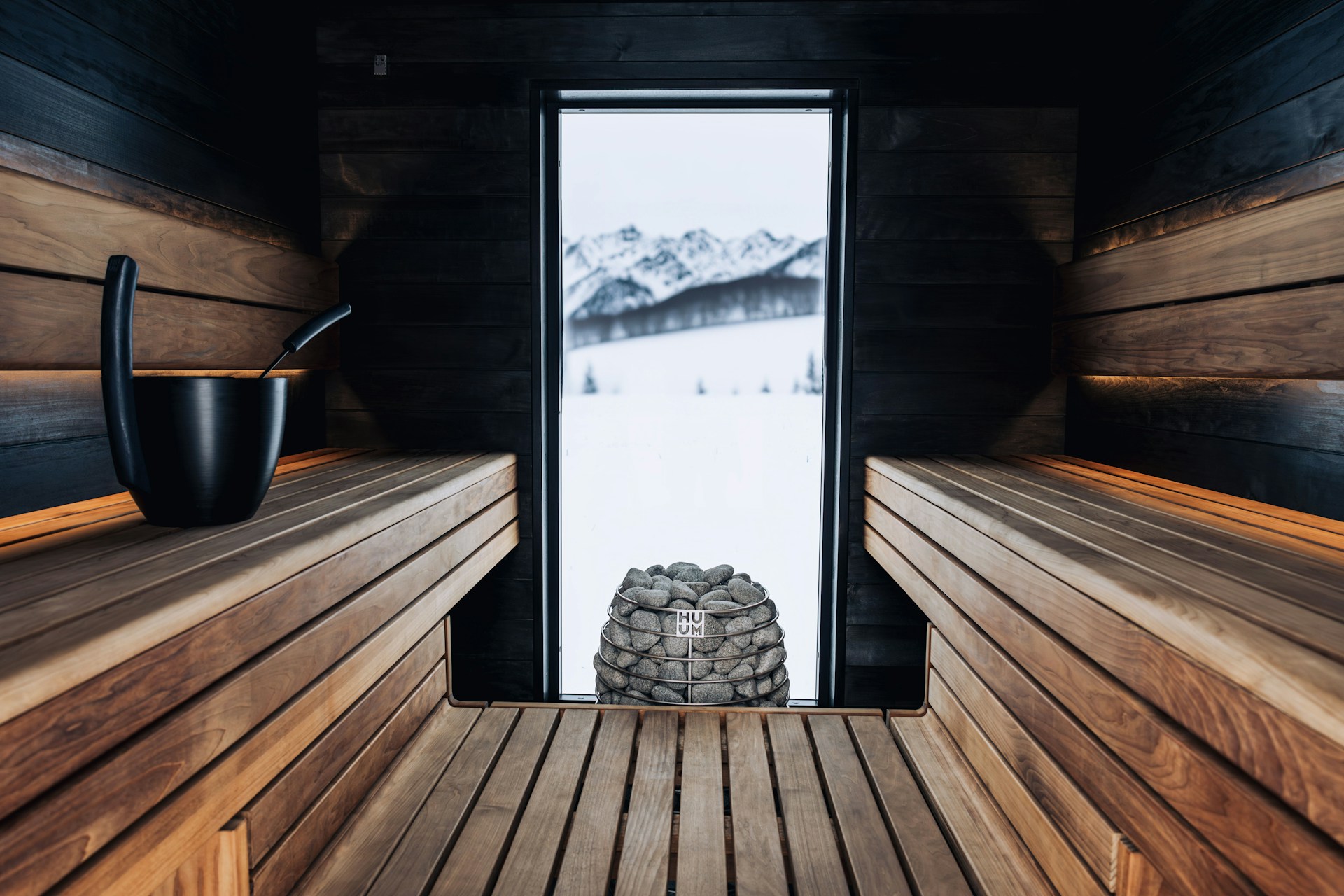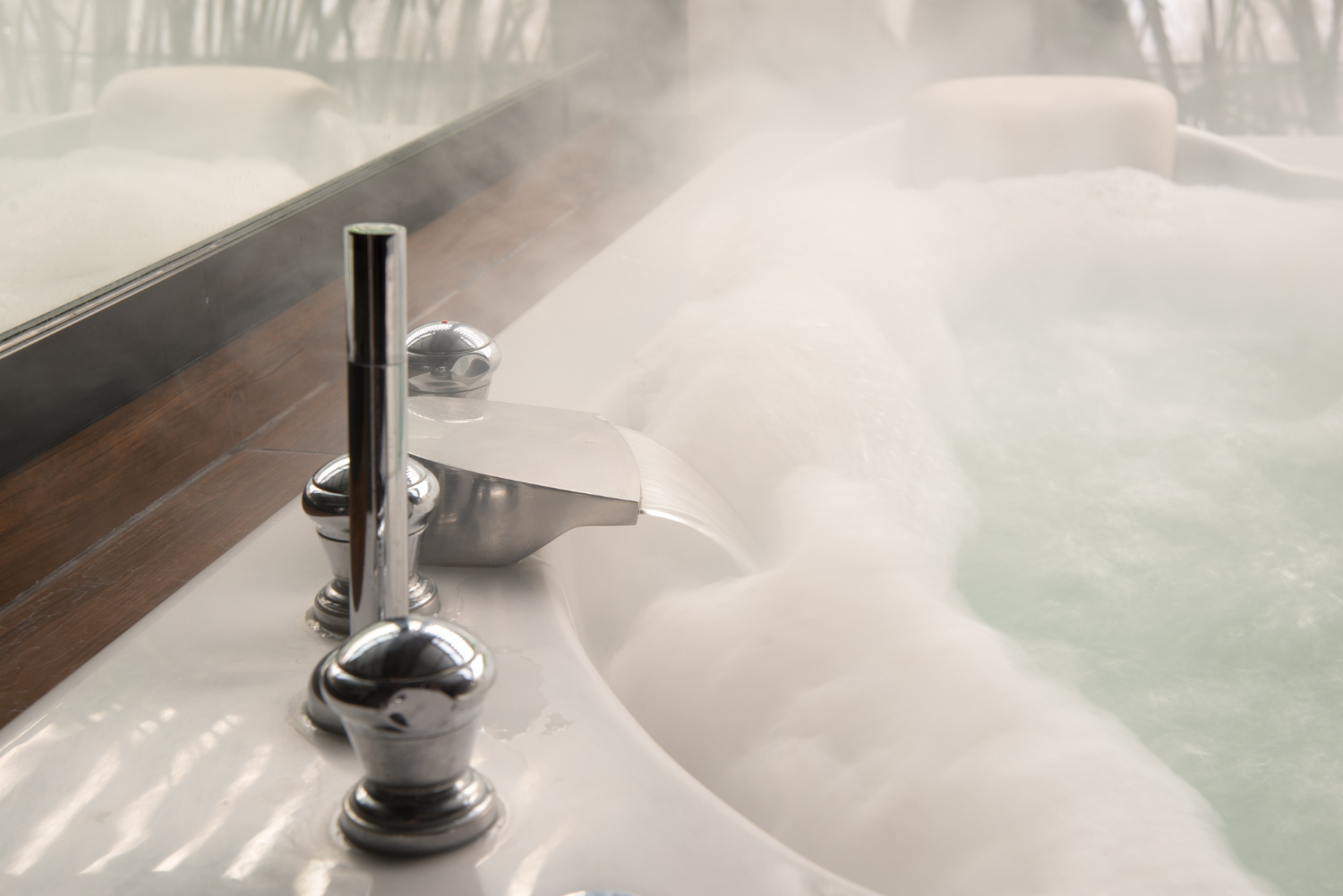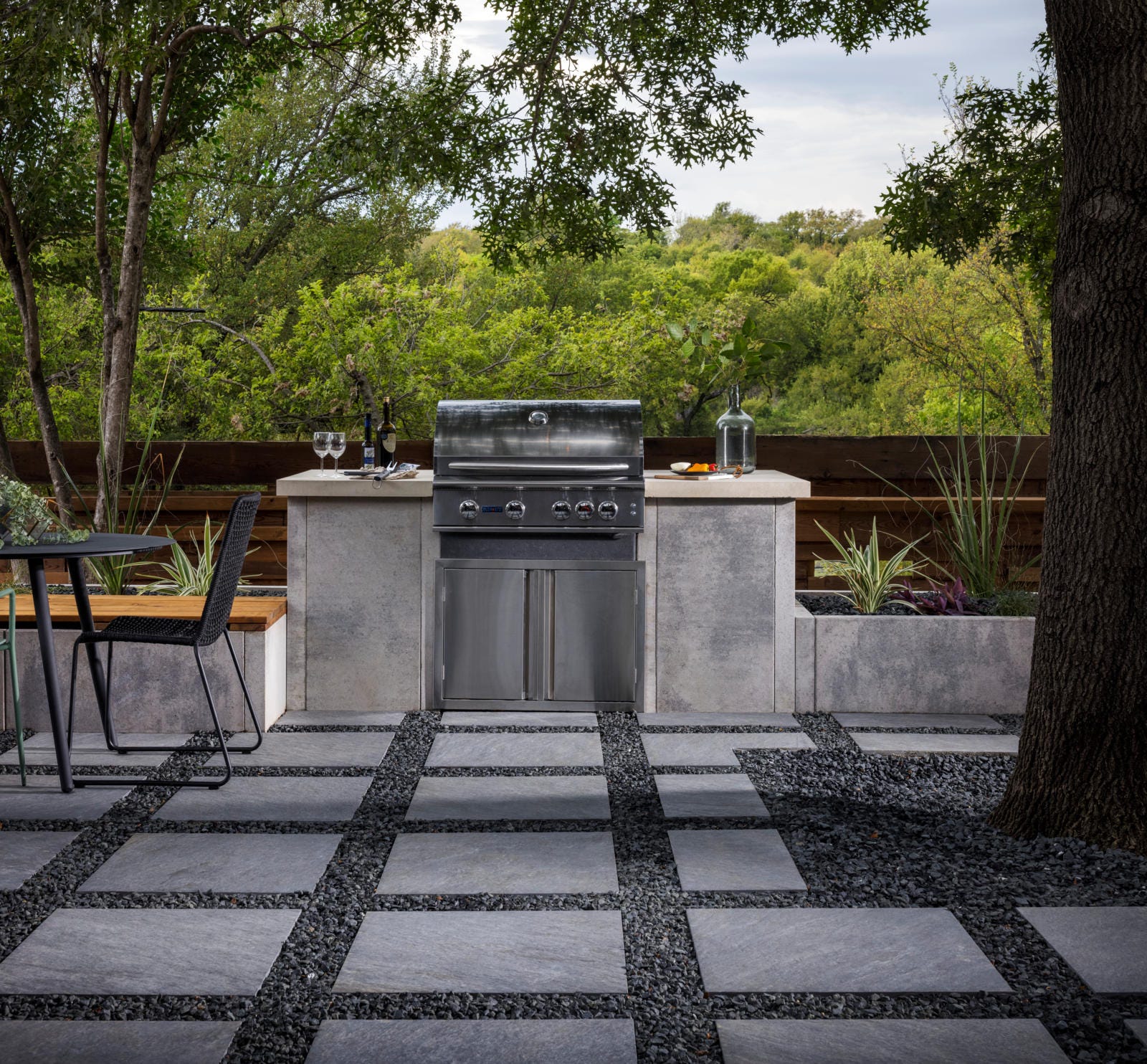The idea of plunging into frigid waters—especially in winter—might seem extreme at first. While cold plunge tubs may not sound like the best idea, taking a breather in icy cold waters has been around for a long time.
While the practice of bathing in cold waters has been around since Ancient Egypt, in the colder Nordic countries, bathing in icy lakes and streams has been around since the 1800s. Since then, it has become popular and is referred to as “vinterbadning” or winter bathing for translation. Today, Scandinavian countries advertise cold bath houses and hot sauna sessions to everyone wanting to try them.
And if you’re wondering what the excitement is all about, then read on to learn more:
Are Cold Plunge Tubs Safe To Use?
Before getting into the benefits of cold plunge tubs, it’s important to know how both cold plunge tubs and ice bathing works. Cold plunge tubs are tanks similar to hot tubs, and are made with either stainless steel, leak-proof fibreglass, or reinforced acrylic.
Because of the materials, they are able to withstand extreme temperatures and are considered the most hygienic option. The purpose of cold plunge tubs is to take part in ice bathing.
Ice bathing is a type of cold water therapy used for muscle recovery. It’s used for recovery due to how colder temperatures create physiological responses from the body, which, for many, produces benefits.
However, if you’re familiar with the cold shock response, then you probably know that immediately immersing yourself in cold water can be dangerous. According to the National Center for Cold Water Safety, it can induce cold shock in less than a minute, which can cause side effects such as drowning and heart failure in less-than-healthy adults.
However, cold plunge tubs make it a safer way to take part in ice bathing. When used safely, people can experience cold waters and its benefits. It’s important to note that with cold plunge tubs, some safety tips should be followed, including:
Gradual Immersion
When ice bathing, only immerse yourself for a few minutes at a time, between 1 to 3 minutes at most, before leaving to warm up. If you stay in the tub longer, the risk of cold shock increases.
Stay Warm Afterwards
When you leave a cold plunge tub, dry off and put on warm clothes. Another way to warm up afterward is to have a warm drink and make gentle movements to keep blood flow moving.
Take Deep, Slow Breaths
Taking deep, slow breaths can help manage your body temperature and protect your nervous system from experiencing cold shock.
Avoid Sudden Temperature Changes
After exiting the cold plunge tub, do not immediately enter a hot shower or sauna. Rapid temperature changes can cause dizziness and shock your body, preventing it from adjusting.
Use The Buddy System
Having a friend nearby while cold plunging can keep you safe. They can keep an eye on you in case you experience cold shock.
By following these precautions, cold water therapy, especially with a cold plunge tub, can enhance your recovery and relaxation.
The Benefits of Cold Plunge Tub Therapy
Follow the steps above and take caution with the practice. Even taking a gradual plunge in cold water can produce some valuable benefits:
Improved Circulation
Ice bathing is used to stimulate blood circulation in the body. During a cold plunge, your blood vessels constrict in response to the colder temperatures. The then dilate as your body warms up again after leaving the tub. According to some studies, this temporary constriction can be used to help improve your blood circulation over time.
Reduce Muscle Inflammation
For sore, inflamed muscles, cold plunges provide the most benefits. According to Cedars Sinai the blood vessels constrict when in contact with cold water. This causes less blood flow to those sore areas, which can lead to less pain and inflammation.
Boosted Immune System
One of the most commonly talked about benefits is that cold plunges boost the immune system. Cold water exposure has been shown in some small studies to activate and increase the immune system’s metabolic rate slightly.
Better Mood and Energy
Many people often say that after taking a cold plunge for a few minutes, they feel more alert and energetic. According to one study, cold water immersion was able to produce better moods in people. Specifically it helped people feel attentive, less nervous, and even inspired.
Improved Stress Relief
The same study reported mood improvement and lower cortisol levels three hours after taking part in a cold plunge. When your cortisol levels are lower, it can also improve your body’s response to injuries and improve muscle healing.
Refresh With A Cold Plunge Tub From Backyard Canada
If you’re curious about cold exposure for health benefits or relaxation, we’ve got you covered. At Backyard Canada, we offer specially designed cold plunge tubs made with leak-proof fiberglass to keep temperatures steady and cool.
Our cold plunge tubs are designed with a beautiful Thermowood spruce exterior that is durable, weather-resistant, and easy to maintain for year-round enjoyment. Not only are they beautiful and durable, but they come fully assembled when ordered.
Whether you want to see what taking a cold plunge is like or want to warm up in an elegant barrel sauna, our team offers a wide range of luxury backyard decor and wellness products at affordable prices. Through Backyard Canada, you can make your outdoor space your dream getaway from the cold winter snow and make your backyard part of your home.
For more information about our products and their warranties, contact us, and our team of representatives will be happy to help you.

 Cart is empty
Cart is empty 

